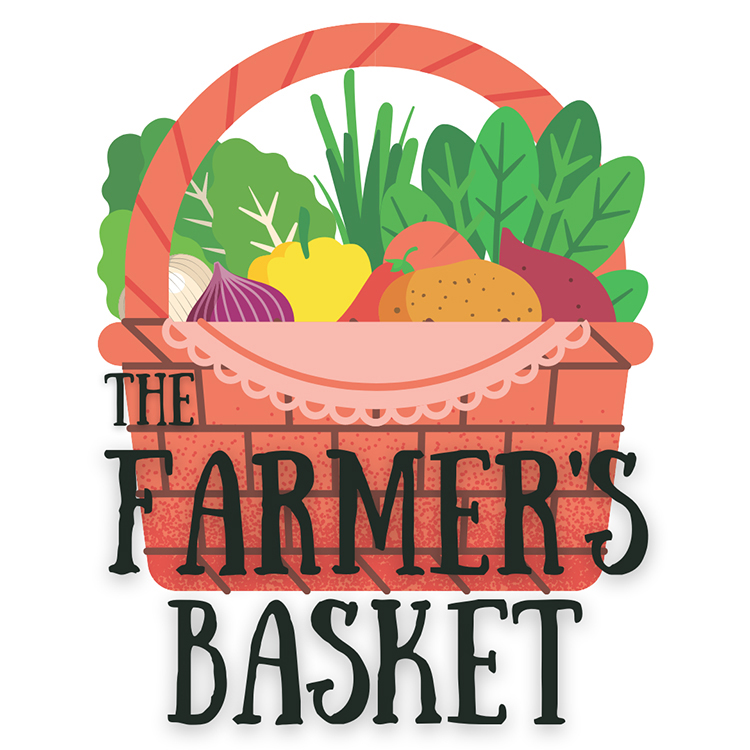

Julia M. Dendinger | News-Bulletin photos
Valencia Community Garden members Patricia Gilikin and Deborah Christensen look through the vegetables recently harvested from the garden.
TOMÉ— Tiny yellow and white butterflies flit from golden sunflowers to purple morning glories and back again.
Green tomatoes are hanging heavy on their vines. A tiny eggplant is making an appearance, and all is good at the Valencia Community Garden in Tomé.
What was a brown, half acre in the spring is now a green oasis, bustling with activity and a bounty of fruits and vegetables.
While there is still plenty to do and lots to harvest, the end of the growing season is approaching and it’s time to “put the garden to bed,” as community garden member Joyce Hutchinson put it.
One of the most common things to do to winter a garden is to pull up and compost the plants.
“We figured they’ve taken all the nutrients out of the soil they needed and composting is one way to eventually get them back,” Christensen said.
Many plants will break down and compost easily, ready for the next growing season, but others, like tomato plants take longer.
“Sometimes we just make a big pile and maybe throw some manure on top,” she said of the tomato vines. “It might be two years before they can be turned back in (to the soil).”
Throughout the summer, weeds, grass clippings and any other extraneous organic matter is added to the compost heap to slowly become a nutritious mix for the spring garden.
Most everything will be pulled out of the community garden, with the exception of the towering sunflowers whose sunny faces will bob and weave in the breeze until fall.
There is also the question of the corn — should it stay or go? Christensen likes the look of the rustic stalks, but fellow gardener Ron Goens points out that’s the spot where their garlic did so well last year.
“We also have some winter crops that we grow,” Goens said. “The garlic, we’ve set it out in October and usually in June it’s just starting to come out.”

Julia M. Dendinger | News-Bulletin photos
Tomatoes — large and small — green beans, bell peppers and cucumbers are just a few of the vegetables harvested from the Valencia Community Garden in Tomé.
Julia M. Dendinger | News-Bulletin photos
The Valencia Community Garden in Tomé is a half acre of vegetables, greens, flowers, fruits and more.

Other winter crops the gardeners have grown include items such as leeks and kale, he said, as well as a variety of greens in the group’s greenhouse.
“Some people even start onions in the fall,” Goens said.
Pulling up the old plants not only makes room for winter vegetables and clears the way for spring planting, but it keeps the bugs on their toes, said Valencia County Master Gardener Rigo Chavez.
“They can lay eggs on them over the winter, and by pulling up and rotating your plants it can also help prevent certain plant diseases,” Chavez said.
After the beds at the community garden are cleared, members put down a layer of compost and cover them with a mesh cloth to keep it from blowing away and deter any rogue chickens from scratching everything up.
In his home garden, Chavez takes the leaves from his yard and tills them into his planting area, working the organic matter down about 4 to 8 inches before the first freeze.
Winter is also a good time to plan for your next garden, Chavez said, by sketching out plans for your space, deciding what to plant and maybe even putting down a cover crop for the cold months.
“When I first started my garden out here, I had heard about cover crops. Well, someone suggested alfalfa. I have about a quarter acre so I decided to put in the alfalfa, which worked,” Chavez said with a chuckle
When spring rolled around and he tried to reclaim the area for vegetables, the alfalfa’s 12-inch roots were a challenge for Chavez’s tiller, which didn’t go deep enough.
“I had a hard time getting rid of the alfalfa,” he said.
Christensen said cover crops with shallower roots such as beans or legumes are easier to turn back into the soil for nutrients.
In the fall, flower growers can divide and replant bulbs, such as irises, tulips and daffodils, getting them ready for spring.
Fruit trees can be pruned during the winter months any time after the second frost, Chavez said, to allow the sap to fully retreat from the branches.
“After that second frost, you can prune them any time that winter,” he said, noting that other plants like roses and grapes should be pruned in the spring.
He added because New Mexico doesn’t get especially cold winters, fall is also a good time to plant fruit trees.
“Because we don’t get real cold winters, the roots will continue to grow in the fall,” Chavez said. “It’s actually recommended (to plant in) the fall over the spring because in the spring the ground is still cold. By fall, everything is nice and warm. And depending on the spring, it can get too hot for (the trees) too soon.”
Winter or spring, Goens encourages people to become a part of the community garden.
“We’re always looking for new blood,” he said. “It’s not just gardening; it’s a new set of friends.”
The Valencia Community Garden is on Silva Road, between the Tomé Plaza and Tomé Art Gallery. Garden workers are out at the gardens by 10 a.m. on Wednesdays and Saturdays.
Click the advertisement above for more information
Julia M. Dendinger began working at the VCNB in 2006. She covers Valencia County government, Belen Consolidated Schools and the village of Bosque Farms. She is a member of the Society of Professional Journalists Rio Grande chapter’s board of directors.



















